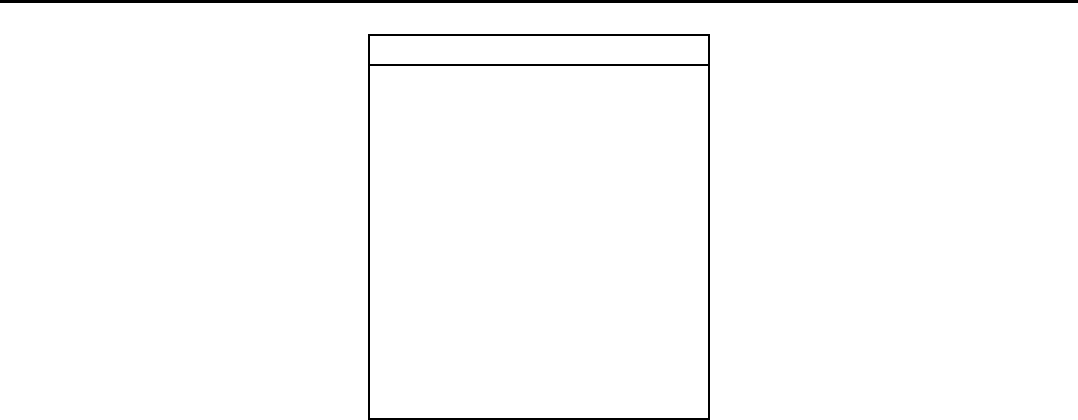
5-30
SERVICE AND APPEARANCE CARE
78J00-03E
Vehicle Maximum Load on the Tire:
Load on an individual tire due to curb
weight, accessory weight, occupant
weight, and cargo weight.
Vehicle Placard:
A label permanently attached to a vehicle
showing the vehicle’s capacity weight and
the original equipment tire size and recom-
mended inflation pressure. Refer to “Tire
and Loading Information Label” under
“Loading Your Vehicle” in “Your Driving,
the Road, and Your Vehicle” in the “Driving
Your Vehicle” section.
Inflation – Tire Pressure
Tires need the correct amount of air pres-
sure to operate effectively.
A Tire and Loading Information label is
attached to the vehicle’s center pillar (B-
pillar). This label shows your vehicle’s orig-
inal equipment tires and the correct infla-
tion pressures for your tires when they are
cold. The recommended cold tire inflation
pressure, shown on the label, is the mini-
mum amount of air pressure needed to
support your vehicle’s maximum load car-
rying capacity.
For additional information regarding how
much weight your vehicle can carry, and
an example of the Tire and Loading Infor-
mation label, refer to “Loading Your Vehi-
cle” in “Your Driving, the Road, and Your
Vehicle” in the “Driving Your Vehicle” sec-
tion. How you load your vehicle affects
vehicle handling and ride comfort. Never
load your vehicle with more weight than it
was designed to carry.
When to Check
Check your tires once a month or more. Do
not forget to check the compact spare tire,
it should be at 60 psi (420 kPa). For addi-
tional information regarding the compact
spare tire, refer to “Compact Spare Tire” in
this section.
How to Check
Use a good quality pocket-type gage to
check tire pressure. You cannot tell if your
tires are properly inflated simply by looking
at them. Radial tires may look properly
inflated even when they are under-inflated.
Check the tire’s inflation pressure when
the tires are cold. Cold means your vehicle
has been sitting for at least three hours or
driven no more than 1 mile (1.6 km).
Remove the valve cap from the tire valve
stem. Press the tire gage firmly onto the
valve to get a pressure measurement. If
the cold tire inflation pressure matches the
recommended pressure on the Tire and
Loading Information label, no further
adjustment is necessary. If the inflation
pressure is low, add air until you reach the
recommended amount.
CAUTION
Do not let anyone tell you that under-
inflation or over-inflation is all right. It
is not. If your tires do not have
enough air (under-inflation), you can
get the following:
• Too much flexing
• Too much heat
• Tire overloading
• Premature or irregular wear
• Poor handling
• Reduced fuel economy
If your tires have too much air (over-
inflation), you can get the following:
• Unusual wear
• Poor handling
• Rough ride
• Needless damage from road haz-
ards


















